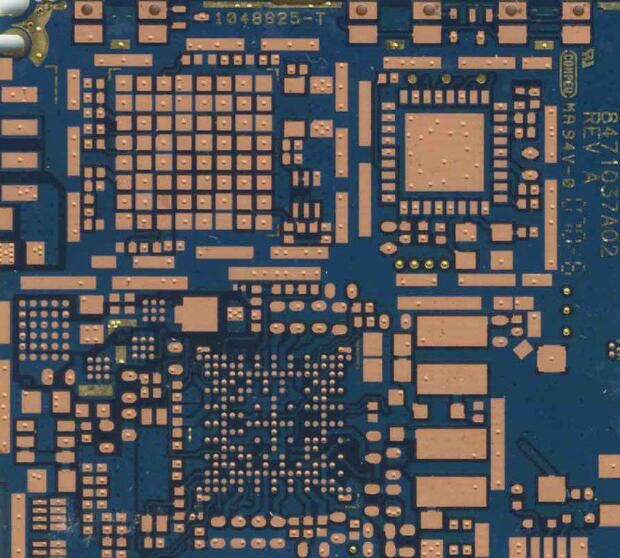SMT solder paste printing requirements and process performance
As one of the most experienced PCB manufacturers and SMT assemblers in China, we are proud to be your best business partner and good friend in all aspects of your PCB needs. We strive to make your research and development work easy and worry-free.
1. The choice of solder paste
There are many types and specifications of solder paste, and even the same manufacturer, there are differences in alloy composition, particle size, viscosity, etc. How to choose the solder paste suitable for your product has a great impact on PCB product quality and cost.
2. Correct use and storage of solder paste
Solder paste is a thixotropic fluid. The printing performance of the solder paste, the quality of the solder paste pattern and the viscosity and thixotropy of the solder paste have a great relationship. The viscosity of the solder paste is not only related to the mass percentage content of the alloy, the particle size of the alloy powder, and the shape of the particles. In addition, it is also related to temperature. Changes in ambient temperature will cause fluctuations in viscosity. Therefore, it is best to control the ambient temperature at 23 degree Celsius±3 degree Celsius. Since most solder paste printing is currently performed in the air, the ambient humidity will also Influencing the quality of solder paste, the relative humidity is generally required to be controlled at RH45%~70%. In addition, the printing solder paste workshop should be kept clean, dust-free, and non-corrosive gas.

At present, the assembly density is getting higher and higher, and the printing difficulty is getting bigger and bigger. The solder paste must be used and stored correctly. The main requirements are as follows:
1) Must be stored at 2~10 degree Celsius.
2) It is required to take out the solder paste from the refrigerator one day before use (at least 4 hours in advance), and open the container lid after the solder paste reaches room temperature to prevent condensation.
3) Before use, use a stainless steel mixing knife or automatic mixer to mix the solder paste evenly. When manually mixing, it should be stirred in one direction. The machine or manual mixing time is 3~5min
4) After adding solder paste, the container lid should be closed.
5) Recycled solder paste cannot be used for no-clean solder paste. If the printing interval exceeds 1 hour, the solder paste must be wiped off the template, and the solder paste should be recycled into the container used on the day.
6) Reflow soldering within 4 hours after printing.
7) When repairing the board with no-clean solder paste, if no flux is used, the solder joints should not be scrubbed with alcohol, but if flux is used when repairing the board, the residual flux outside the solder joints that has not been heated must be wiped off at any time, because there is no The heated flux is corrosive.
8) Products that need to be cleaned should be cleaned within the same day after reflow soldering.
9) When printing solder paste and performing patch operations, it is required to hold the edge of the PCB manufacturers or wear gloves to prevent contamination of the PCB.
3. Inspection
Since printing solder paste is a key process to ensure the quality of SMT assembly, the quality of printed solder paste must be strictly controlled. The inspection methods mainly include visual inspection and SPI inspection. For visual inspection, use 2~5 times magnifying glass or 3.5~20 with microscope inspection, and use SPI (Solder Paste Inspection Machine) for narrow spacing. Inspection standards are implemented in accordance with IPC standards.